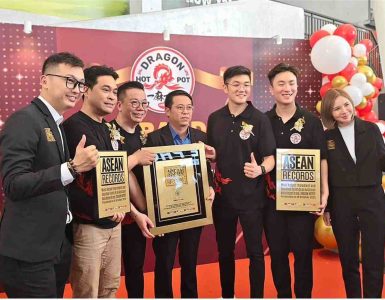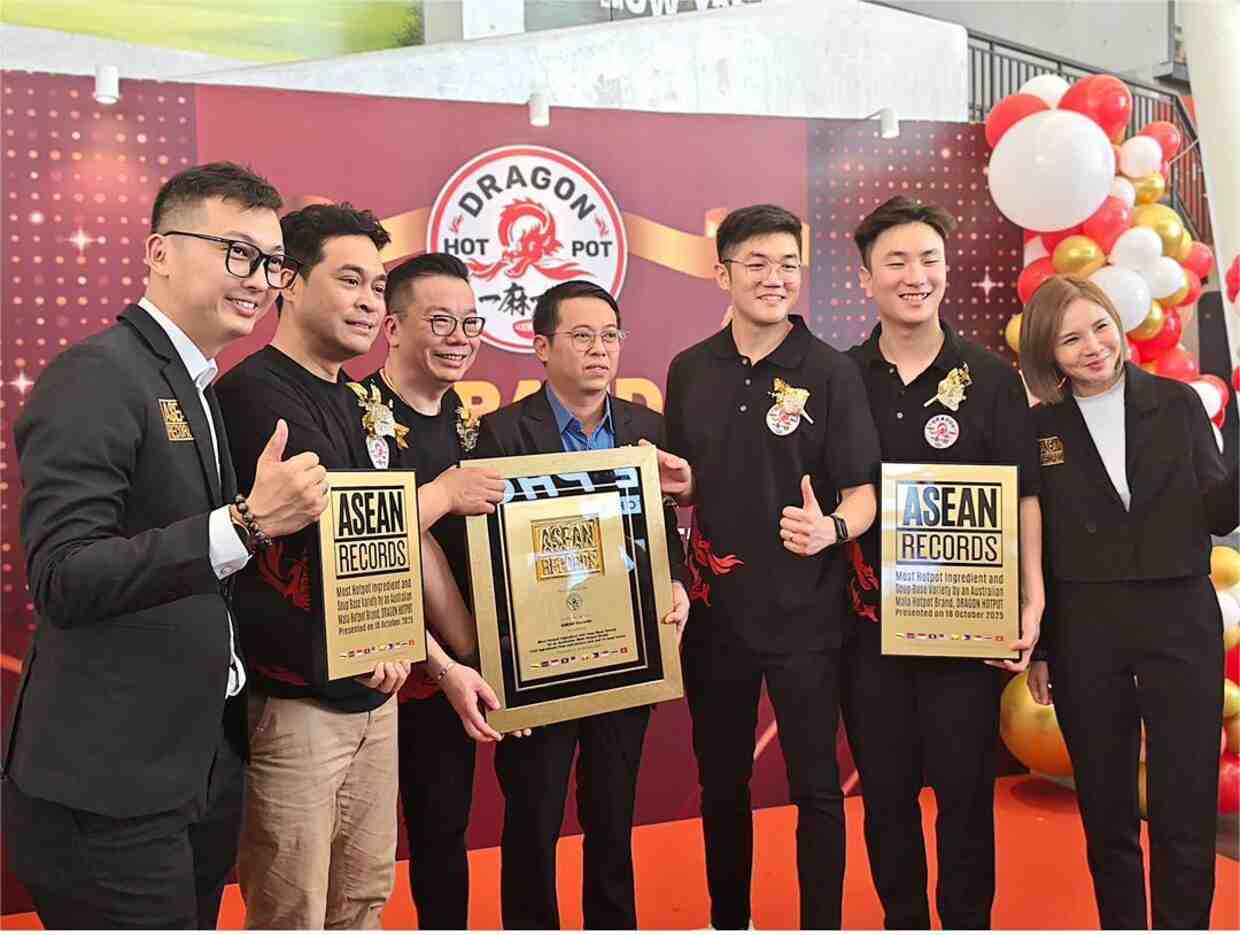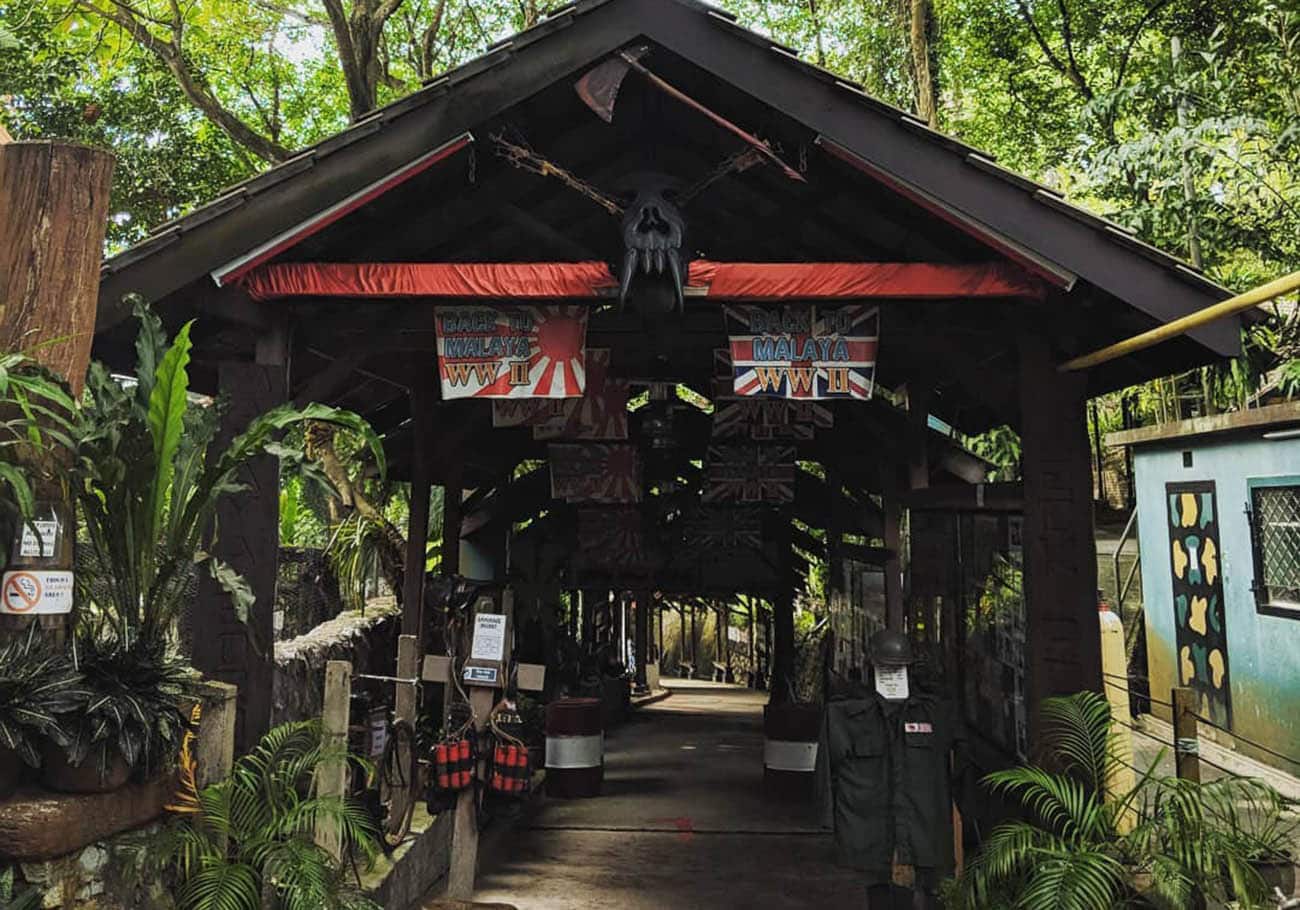
Located on the Batu Maung Hill in Penang, the Penang War Museum is the largest war museum in Southeast Asia. Initially designed as a military fortress by the British in the 1930s, it covers an area of 19.36 acres and boasts a magnificent 320-degree view of the sea around the island, meant to defend the Straits of Malacca from Japanese attacks.
Visiting the museum today, it is hard to imagine the horrors that took place here over seven decades ago. The Penang War Museum is now a privately-run museum, preserving the war relics in Batu Maung. It is located on the hills above the fishing village and was officiated by Datuk Paduka Abdul Kadir Sheikh Fadzir, the Minister of Culture, Arts and Tourism, on October 14 2002.
Preserving wartime heritage
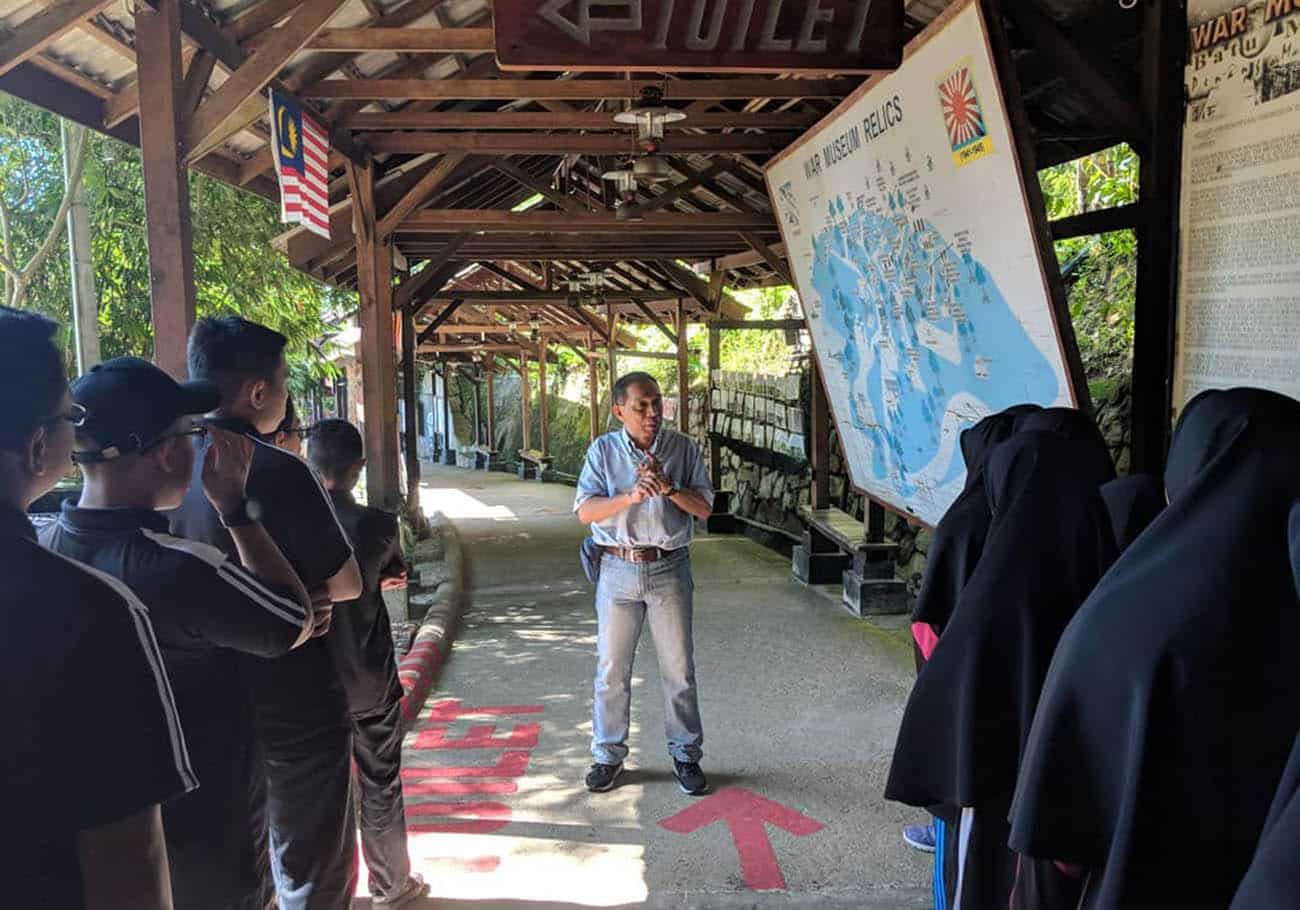
Founder and owner of Penang War Museum, Johari Shafie’s passion for the history and heritage of his nation motivated him to pursue permission from the federal government to renovate the site into a museum that showcases World War II heritage.
Johari came across the ruins in 1986 when he served as an officer at the Malaysian Tourism Promotion Board’s (now known as Tourism Malaysia) Northern Region office. The fortress, which was abandoned in 1945 after the Japanese retreated from Malaya, would have remained long forgotten and in ruins if not for the efforts of this local history buff who took it upon himself to seek the necessary approval to restore the site and turn it into a war museum.
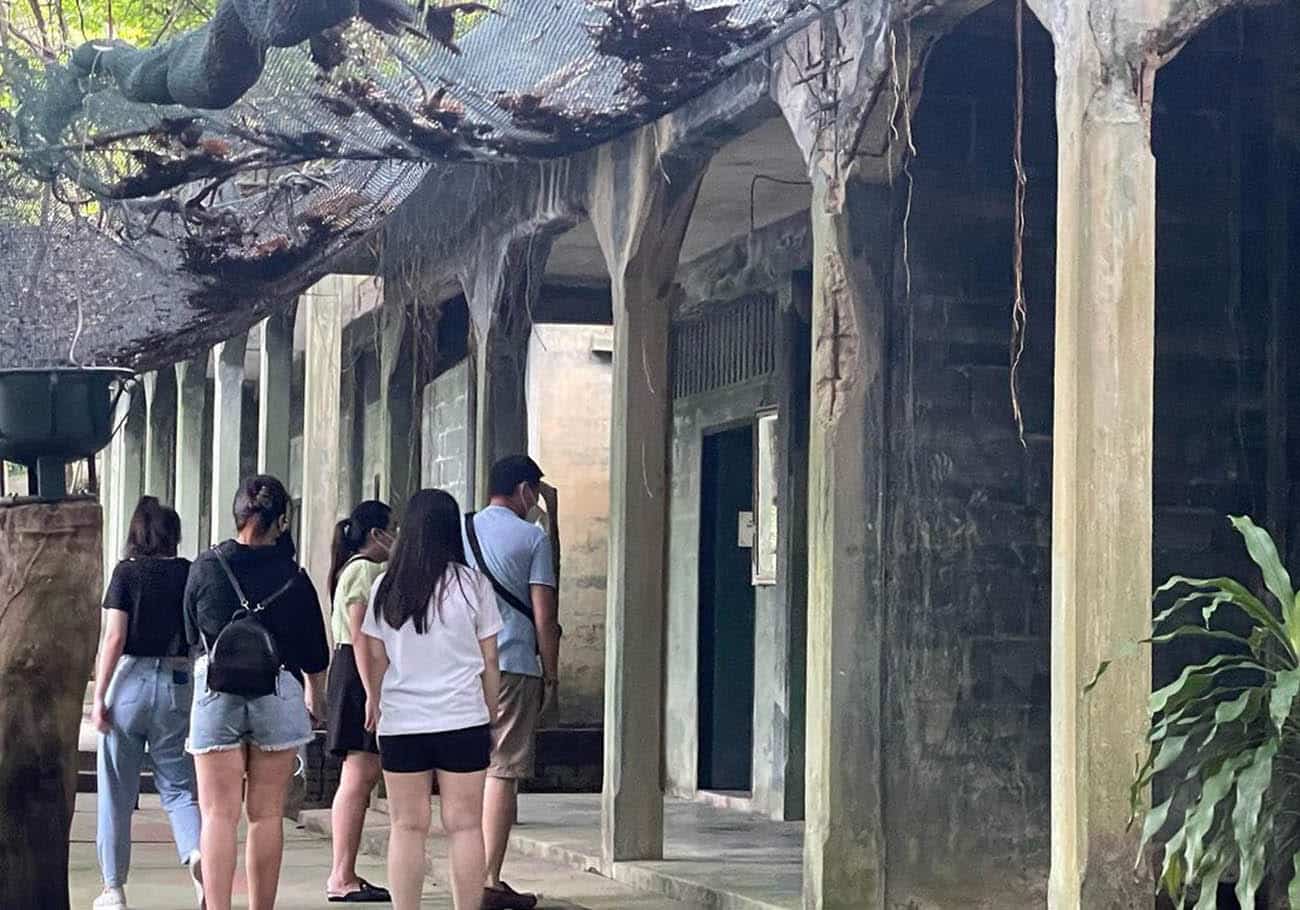
His passion for history and tireless efforts to preserve Penang’s wartime heritage have not gone unnoticed. Today, the Penang War Museum is recognized as an important historical site in Malaysia and has been featured on National Geographic and invited to join the members of The Founding Congress of the International WWII Museum Association.
According to Jenny Johari, the manager of the Penang War Museum, most of the buildings and structures in the museum have withstood the test of time and remain in their original condition, with the exception of some missing brass doors and windows that were taken by scavengers.
The museum uses various methods such as replicas, picture exhibits, and testimonies to recreate the experiences of soldiers and survivors during the war in Penang, from whom the museum collected oral histories.
Reliving history on Batu Maung Hill
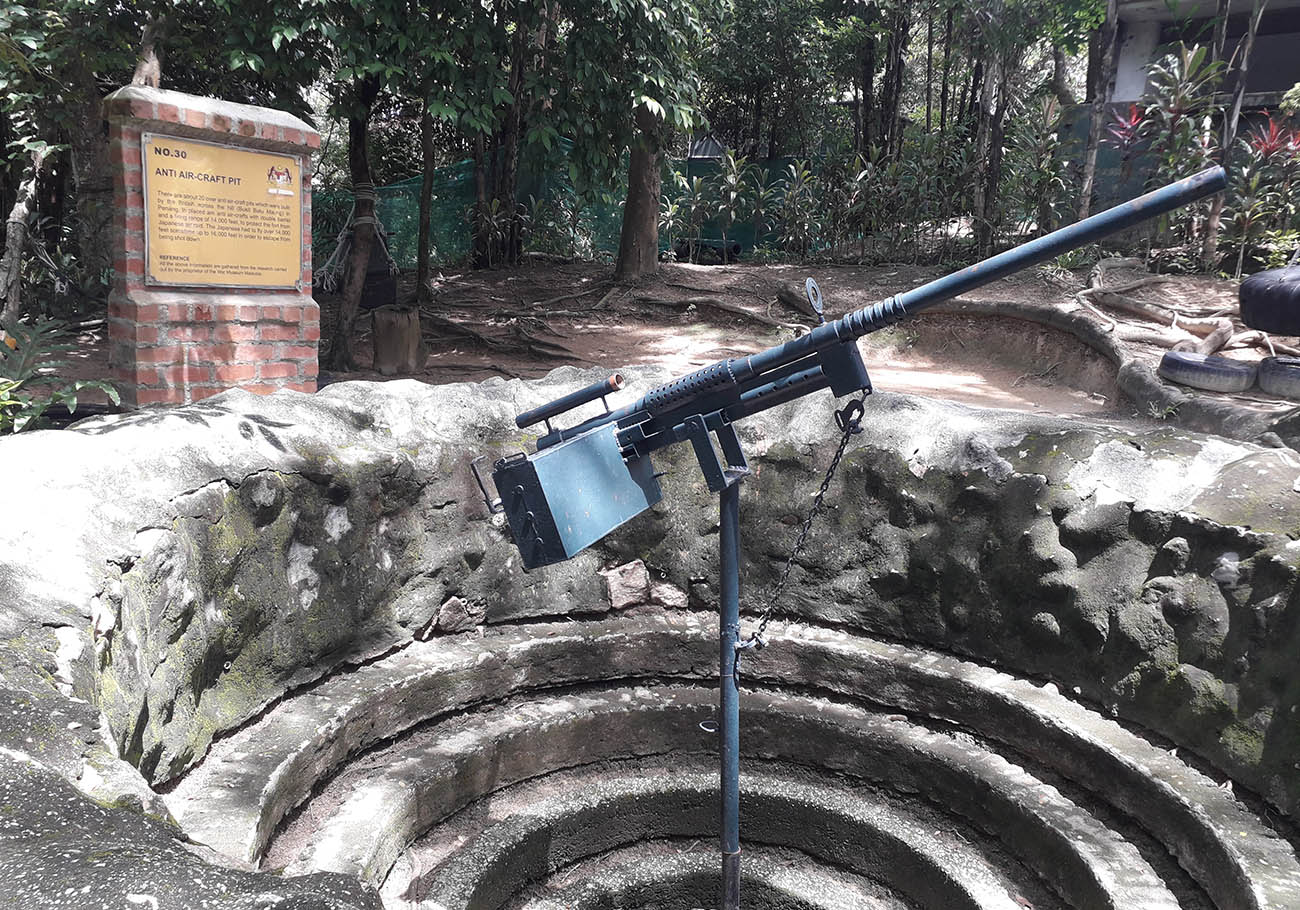
The Penang War Museum, previously known as Batu Maung Fort or Penang Fort, was built by the British military in the 1930s to protect British shipping routes around the peninsula of West Malaysia and to provide military defence for the Royal Air Force base in Butterworth, located farther north on the mainland. The fort was commandeered by the Japanese in 1941 and remained in their possession until their surrender to the Allies in 1945.
Although there are conflicting opinions on what really happened at Batu Maung Fort during the Japanese occupation, the Penang War Museum provides a glimpse into a dark chapter in history that should never be forgotten.
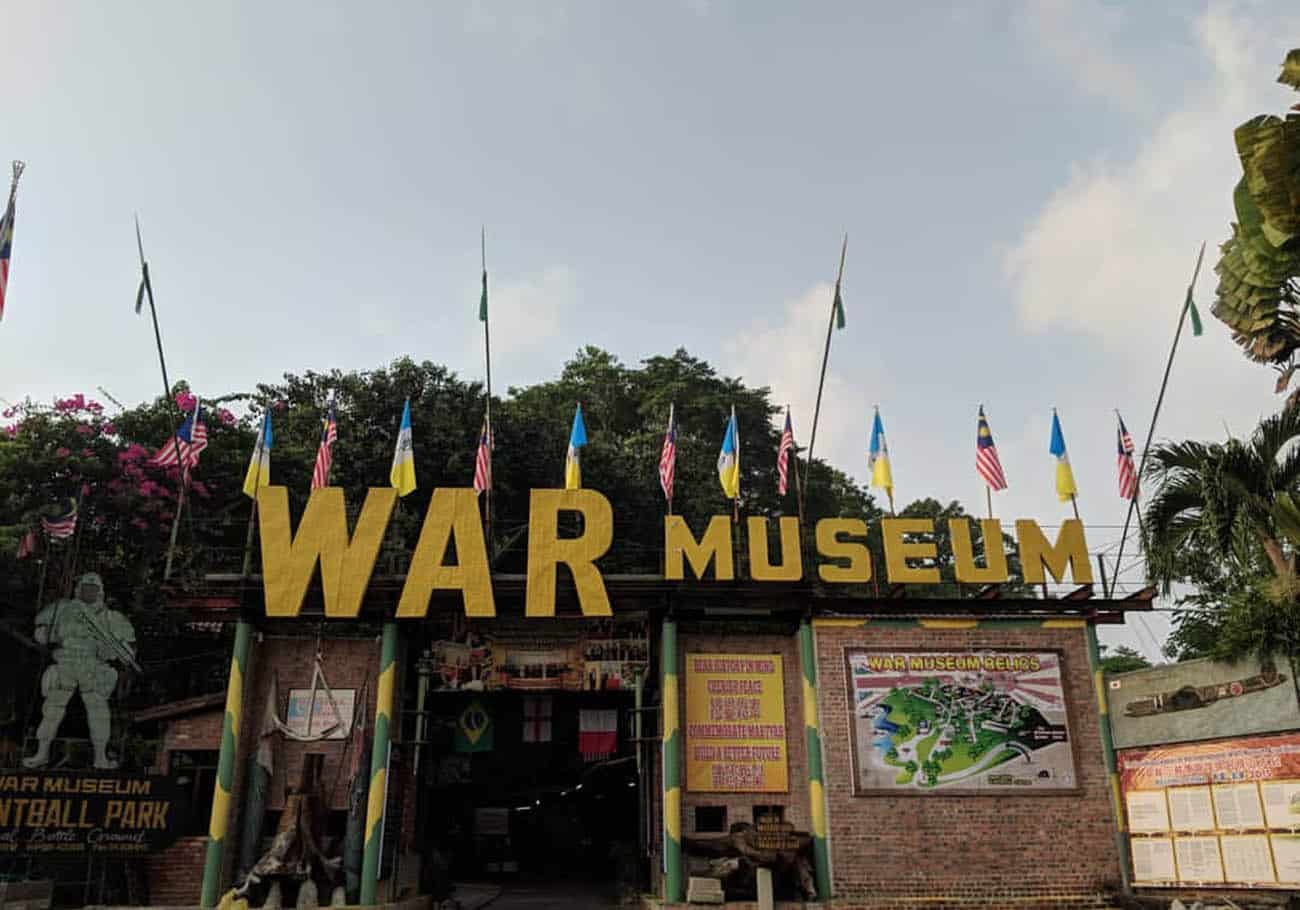
The museum’s Manager, Jenny Johari, said, “The Japanese Occupation of Malaya was such an enormous event for the nation, but we are now at a point where it has fallen from living memory.
We try to preserve our wartime heritage so that our people get to explore and discover what it was like during World War II.”
Visiting the Penang War Museum is not only an opportunity to learn about history but also to experience it. The museum’s interactive exhibits and displays are designed to engage visitors of all ages. It is a must-visit destination
What’s in Penang War Museum
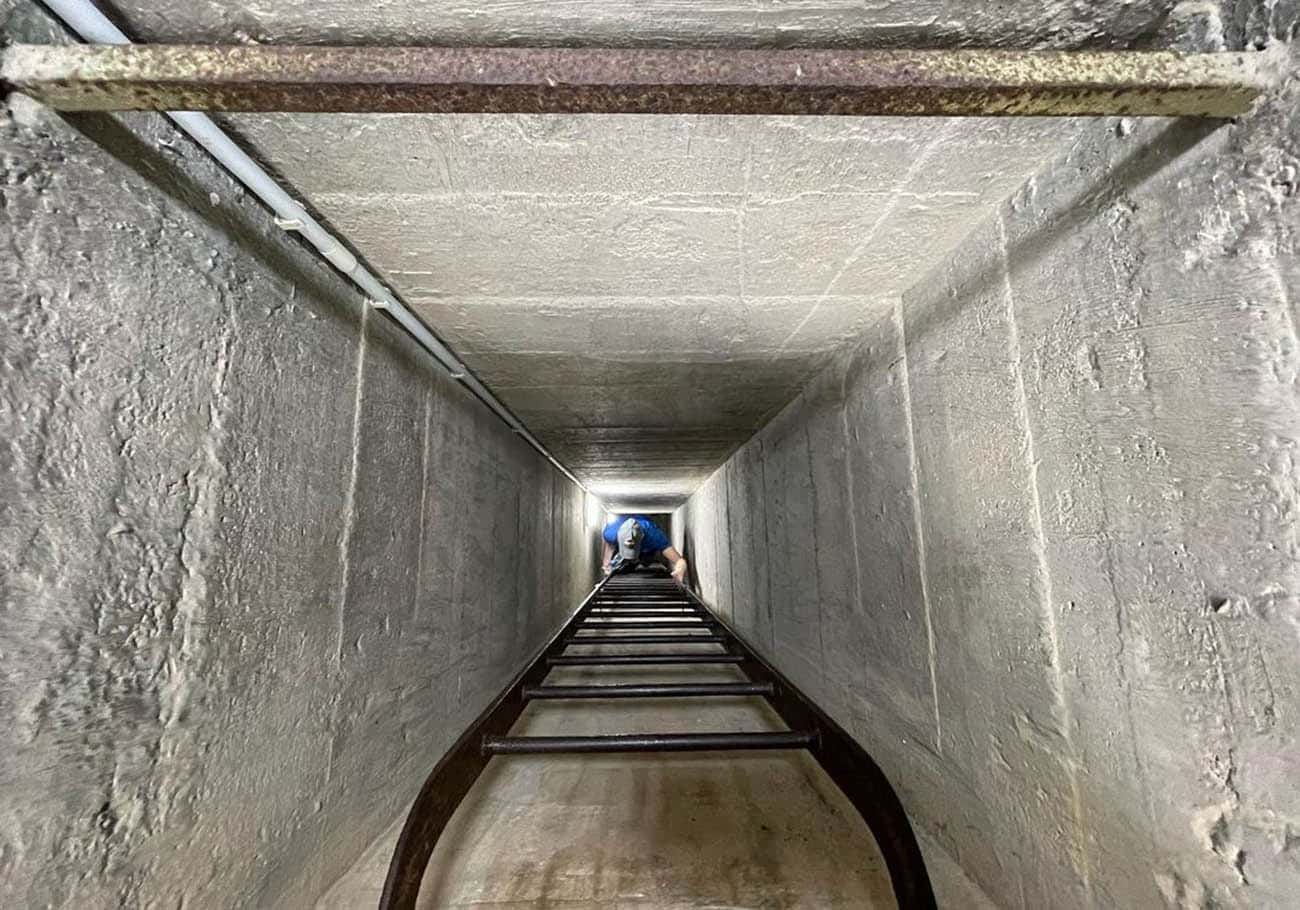
Visitors to the museum can explore the extensive network of tunnels and bunkers that run beneath the fortress. One of the highlights of the museum is the ammunition bunkers located nine meters below the surface, which offer a fascinating glimpse into the challenges faced by soldiers during wartime.
The museum also features gun emplacements, cookhouses, sleeping quarters, and other structures that provide insight into the daily lives of soldiers during the war. Additionally, visitors can crawl through compact passageways and climb a steel ladder to reach an observation post and a swing made out of car tires.
One of the most poignant exhibits in the museum is the House of Pain, a room where Japanese soldiers tortured and executed prisoners of war and civilians. Visitors can read the testimony given by actual witnesses and view images that document the atrocities committed during the Japanese occupation.
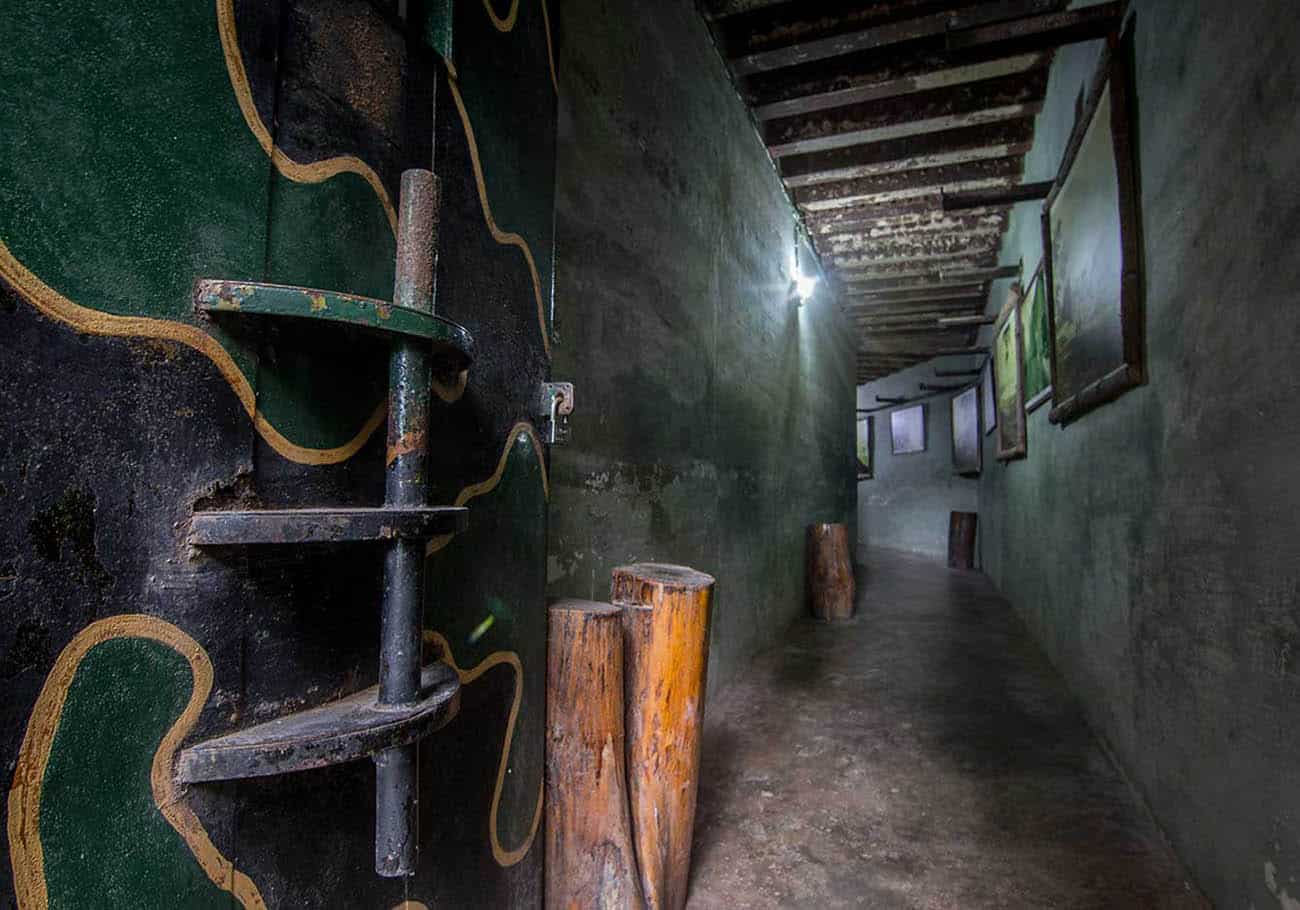
The museum also highlights the racial tensions that existed during the British occupation of Malaya. The sleeping quarters of the British army were built on higher ground to mark their supposed superiority over other races, such as the Indian and Malay soldiers who also served during the war.
The museum also showcases images and testimony from actual witnesses, highlighting the violence and atrocities committed during the Japanese occupation. It serves as a stark reminder of the dark chapter in Malaysia’s history and the importance of remembering and learning from the past.
Despite the sombre atmosphere, the museum offers a unique and educational experience for visitors who want to learn more about Malaysia’s history and the impact of war on its people. The Penang War Museum is a must-visit for those interested in history and the human experience during times of conflict.





